How ABA Therapy Can Improve Classroom Behavior
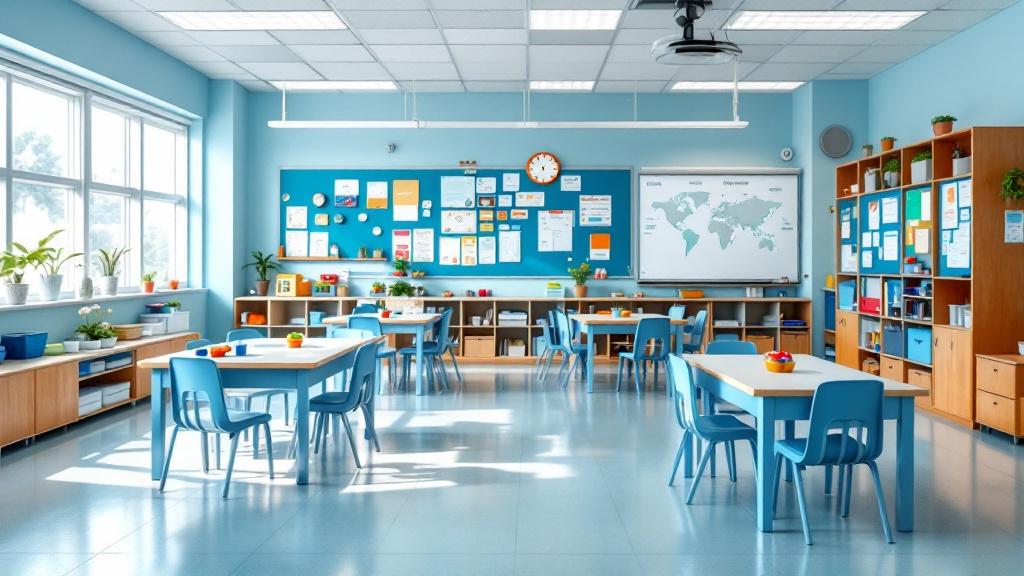
Unlocking the Power of ABA in Education
Applied Behavior Analysis (ABA) is a scientifically supported approach that helps educators and therapists effectively manage and improve classroom behavior. By focusing on understanding the foundational elements of behavior and applying strategic interventions, ABA fosters positive development in students, especially those with developmental challenges like autism spectrum disorder (ASD). This article explores how ABA can be utilized within educational settings to promote meaningful behavioral and academic progress, creating more inclusive, structured, and supportive classrooms.
Understanding ABA Therapy and Its Principles
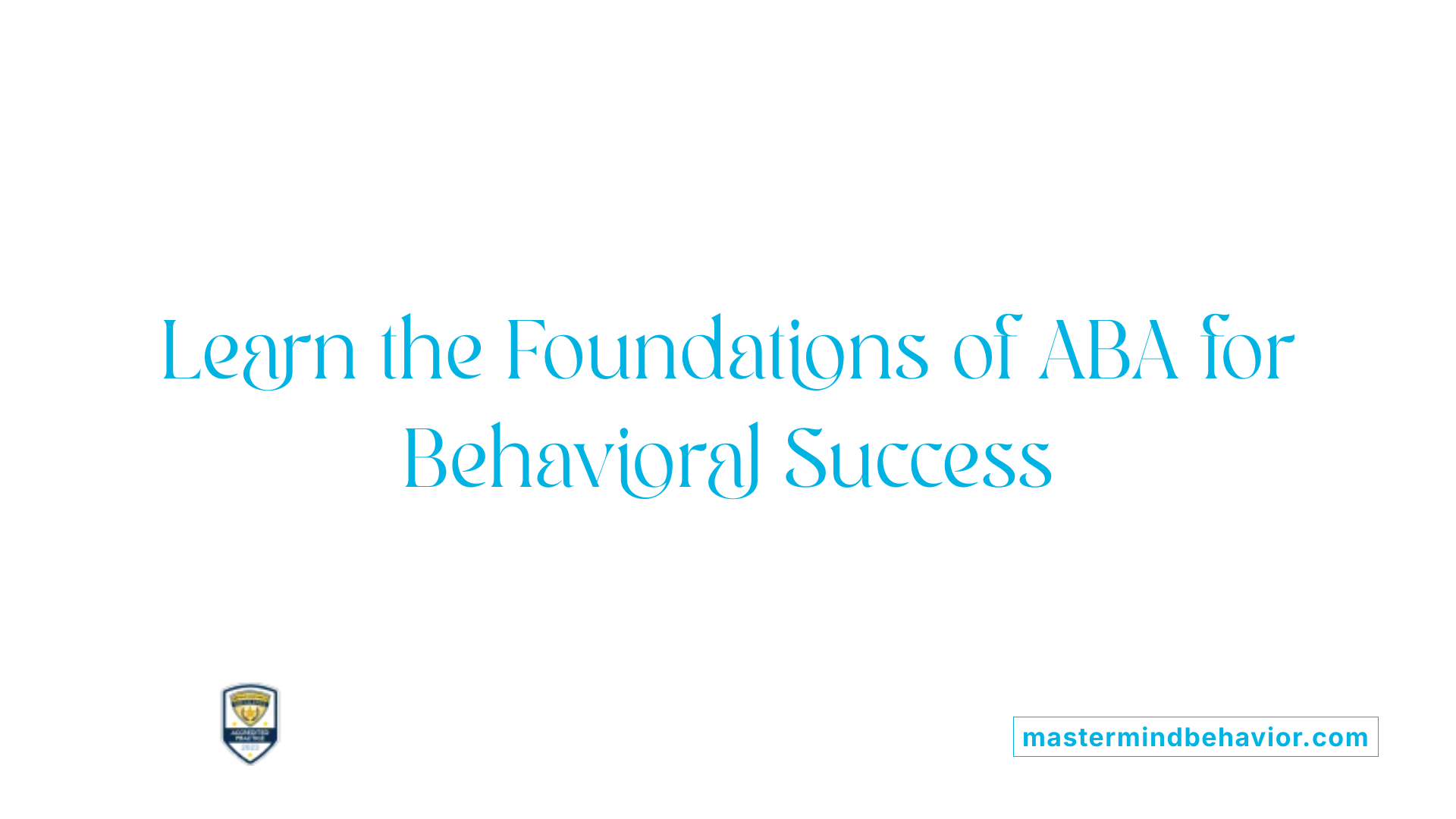
What is ABA therapy and its principles?
Applied Behavior Analysis (ABA) is a treatment approach rooted in scientific research on learning and behavior. It is widely used to help individuals, especially children with autism spectrum disorder, develop essential skills and reduce problematic behaviors.
At its core, ABA involves analyzing behaviors by examining the antecedents (what happens before a behavior), the behavior itself, and the consequences that follow. This ABC model helps practitioners understand why behaviors happen and how to influence them effectively.
One of the main strategies in ABA is positive reinforcement, where desirable behaviors are rewarded to encourage their recurrence. Techniques like prompting and task analysis break down complex skills into smaller, manageable steps, making learning more accessible.
Personalized programs are designed by trained behavior analysts, often called BCBAs. They gather thorough assessments of each individual, identify target behaviors, and develop tailored interventions. These interventions focus on areas such as communication, social interaction, self-care, and academic skills.
Key principles of ABA also include natural reinforcement — providing rewards that are meaningful and motivating to the individual — and ensuring that learned skills generalize across different environments and situations.
Overall, ABA’s goal is to increase helpful behaviors while decreasing harmful or disruptive ones. Its evidence-based strategies help foster meaningful progress, leading to improved independence and quality of life.
Overview of ABA strategies used in education and therapy
In educational settings, ABA employs various techniques:
| Strategy | Description | Example |
|---|---|---|
| Discrete Trial Teaching | Breaking tasks into small steps with clear prompts and responses | Teaching a child to tie shoelaces bit by bit |
| Naturalistic Teaching | Using everyday routines and interests to teach skills | Incorporating play or daily activities |
| Pivotal Response Treatment | Focusing on motivation and responsivity to promote multiple skills | Using a child's interests to encourage engagement |
| Token Economy | Giving tokens like stars or points as rewards for good behavior | Exchanging tokens for preferred activities |
| Contingent Observation | Brief timeouts where the child observes appropriate behaviors | Watching peers perform a task to learn proper behavior |
These strategies are flexible and can be adapted to meet individual needs, supporting both behavioral and academic development.
How ABA Improves Classroom Behavior and Engagement
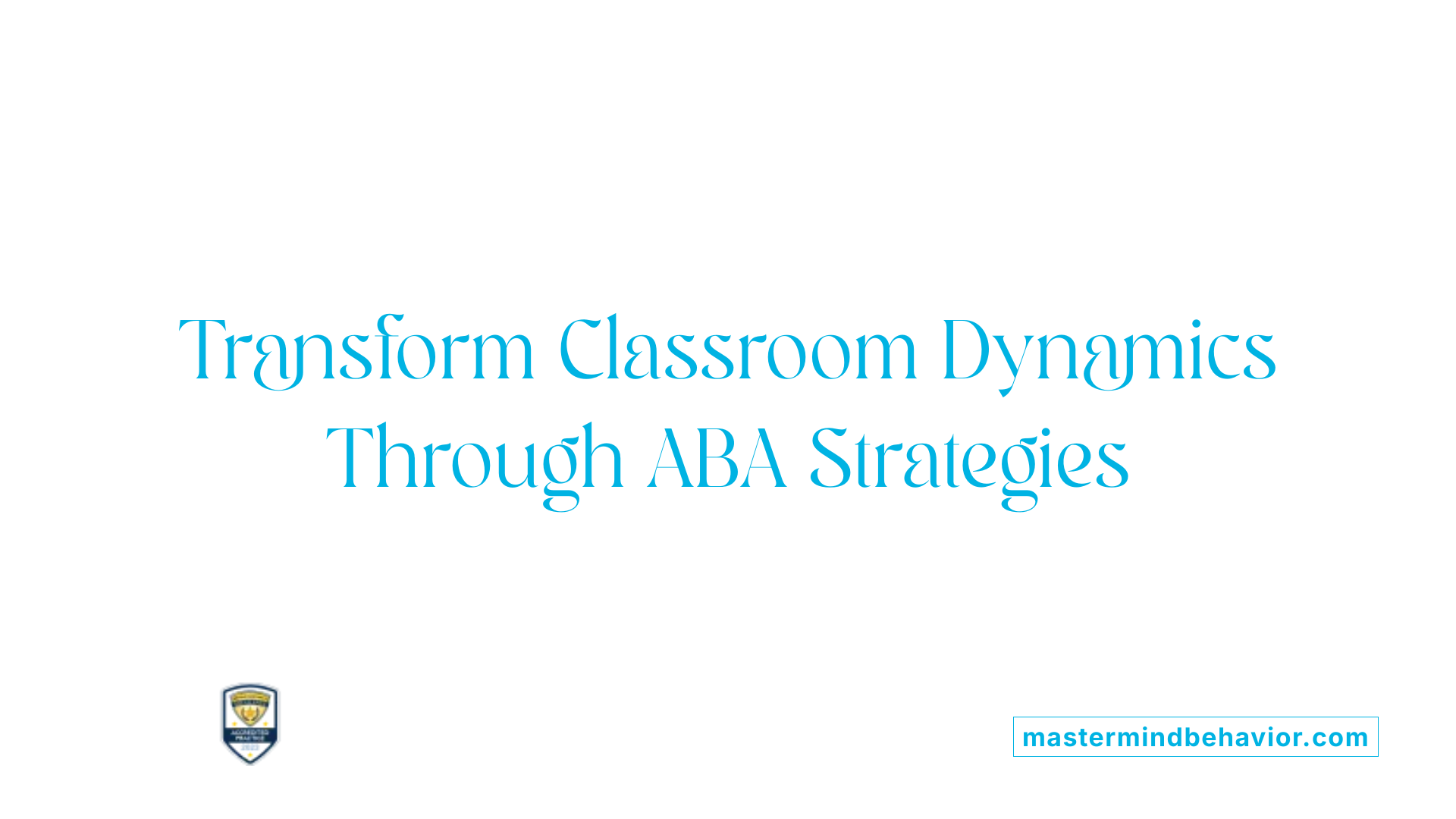
How can ABA therapy improve classroom behavior and student engagement?
Applied Behavior Analysis (ABA) is a proven approach to enhancing student participation and managing behavior effectively in classroom settings. It relies on understanding the triggers and consequences of behaviors through the ABC analysis—analyzing antecedents (what happens before a behavior), the behavior itself, and the outcomes that follow.
By carefully examining these components, teachers and therapists can identify what prompts disruptive or non-productive behaviors and what reinforces positive actions. This insight allows them to develop targeted strategies for each student, typically involving positive reinforcement, visual supports, and structured routines.
Reinforcement systems, like token economies, motivate students by offering tangible rewards such as stickers, points, or preferred activities when engaging in desired behaviors. Visual aids, including pictures, written words, and symbols, help clarify expectations and aid understanding, especially for students with language or cognitive challenges.
Establishing predictable routines and social stories also play a vital role in helping students prepare for transitions, reduce anxiety, and participate more fully. For example, a daily schedule displayed visually can guide students through their day, fostering independence and social confidence.
ABA programs are supervised by qualified professionals, such as Board Certified Behavior Analysts (BCBAs), who tailor specific interventions based on individual assessments. This personalized approach supports progress in communication, social skills, and academic achievement.
In the classroom, these methods create a less stressful environment, reduce negative behaviors, and increase active engagement. As a result, students are more likely to participate, stay focused, and develop essential skills that contribute to their overall success.
Core Strategies and Techniques in ABA for Behavior Modification
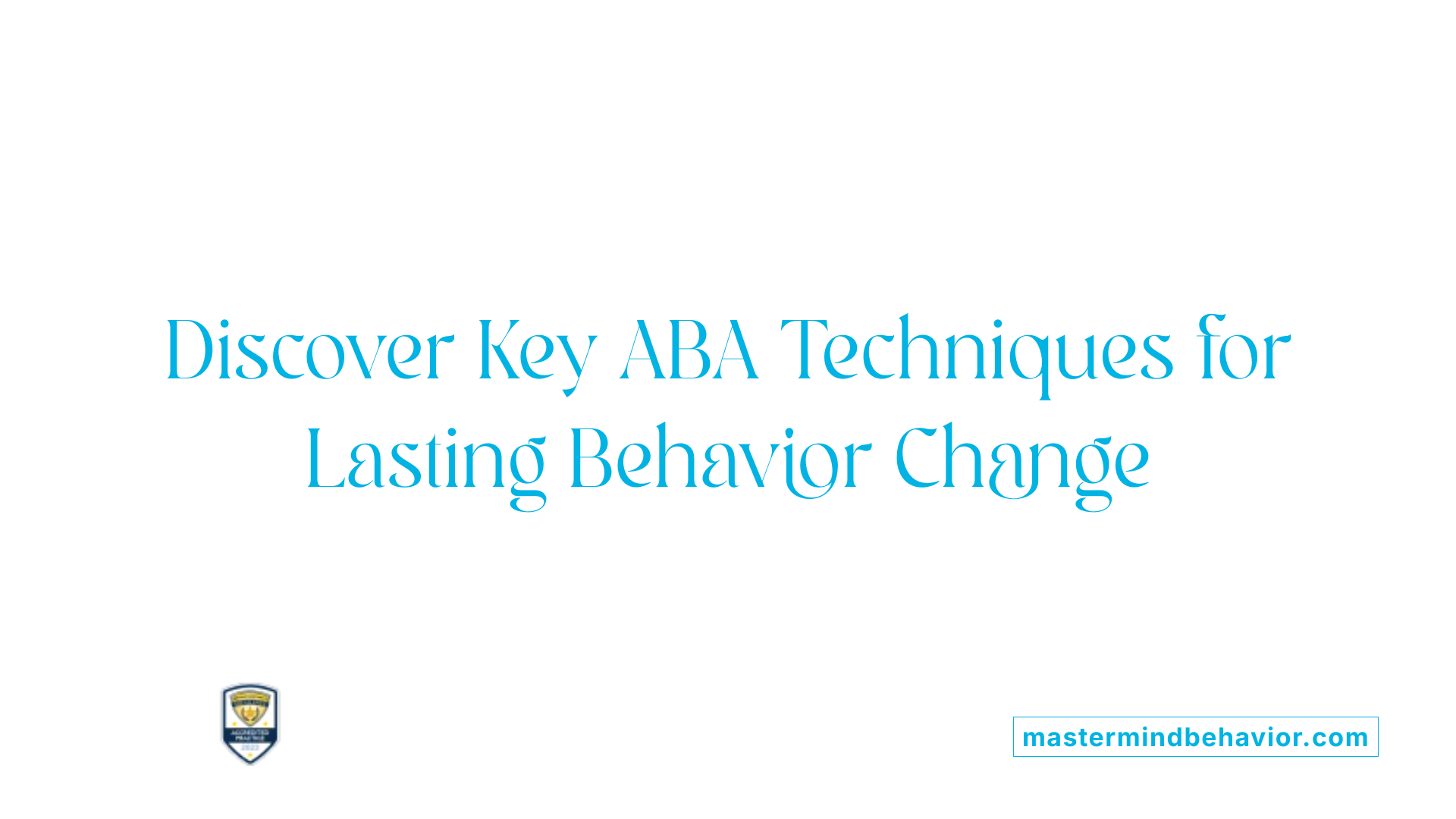
What are common strategies and techniques used in ABA to modify behavior?
Applied Behavior Analysis (ABA) relies on a variety of proven strategies to effectively change and improve behavior. Central to these methods is positive reinforcement, where desirable behaviors are rewarded to encourage their recurrence. For example, giving a child a sticker or praise when they complete a task reinforces the behavior.
Prompting is another widely used technique in ABA, where cues or hints are provided to help initiate a behavior. Over time, prompts are gradually faded to promote independence in the learner. This process ensures that behaviors are not solely dependent on external cues.
Shaping involves reinforcing small steps that gradually lead to the target behavior. For example, a child may first be reinforced for simply turning toward a teacher, and later for making eye contact. This incremental approach builds complex behaviors step by step.
Behavior chaining breaks down complex skills into smaller, manageable parts, teaching each step in sequence. For instance, tying shoelaces can be taught by first teaching the initial step, then adding each subsequent step until the entire task is mastered.
Visual supports, such as pictures, charts, and video models, are invaluable—especially for learners with autism. They help clarify expectations, facilitate understanding, and promote imitate behaviors.
Functional assessments focus on understanding the purpose behind challenging behaviors. Techniques like functional analysis involve observing antecedents and consequences to identify what triggers behaviors and how to replace them with more appropriate actions.
In sum, these strategies—reinforcement, prompting, shaping, chaining, visual supports, and functional assessment—are foundational in ABA, making behavioral change systematic, individualized, and effective.
Additional strategies include differential reinforcement, extinction, and behavior contracts, which are tailored based on data and ongoing progress monitoring. These methods work together to consistently promote positive behaviors and reduce problematic ones, ultimately helping individuals develop essential skills for everyday life.
Scientific Evidence Supporting ABA in Schools
Research and multiple meta-analyses strongly back the effectiveness of Applied Behavior Analysis (ABA) as an intervention within educational settings. These studies consistently show that ABA significantly enhances social skills, communication, and everyday life skills in children, especially those with autism spectrum disorder.
Empirical data from varied research indicates substantial improvements in areas like language development, social interactions, and emotional regulation. Many children demonstrate notable gains in IQ scores and expressive language abilities after ABA programs, alongside a decrease in problematic behaviors such as tantrums or wandering.
The strength of evidence includes large effect sizes, highlighting that ABA can lead to meaningful and measurable progress. Even though some everyday skills show slower improvement, the overall body of research affirms ABA as an effective, science-based approach that benefits learners' development.
In practice, the widespread adoption of ABA techniques in schools and therapy programs underscores its credibility. Teachers, therapists, and parents trust ABA because it is rooted in decades of research, offers adaptable strategies, and produces tangible outcomes for students' social and behavioral growth.
| Evidence Area | Findings | Notes |
|---|---|---|
| Social Skills | Significant improvements | Better peer interactions and cooperation |
| Communication | Gains in expressive and receptive language | Enhanced ability to understand and use words |
| Behavior Management | Reductions in disruptive behaviors | Use of reinforcement shaping positive behaviors |
| Academic Skills | Increased engagement and task completion | Facilitates learning and independence |
| Overall Effectiveness | Large effect sizes | Supports ABA as a proven method |
Assessments like Functional Behavior Assessments (FBAs) and data collection methods validate that ABA adjustments lead to continuous progress. As a result, ABA remains a highly recommended and well-supported approach for fostering growth in educational environments.
Application of ABA to Enhance Student Learning and Behavior
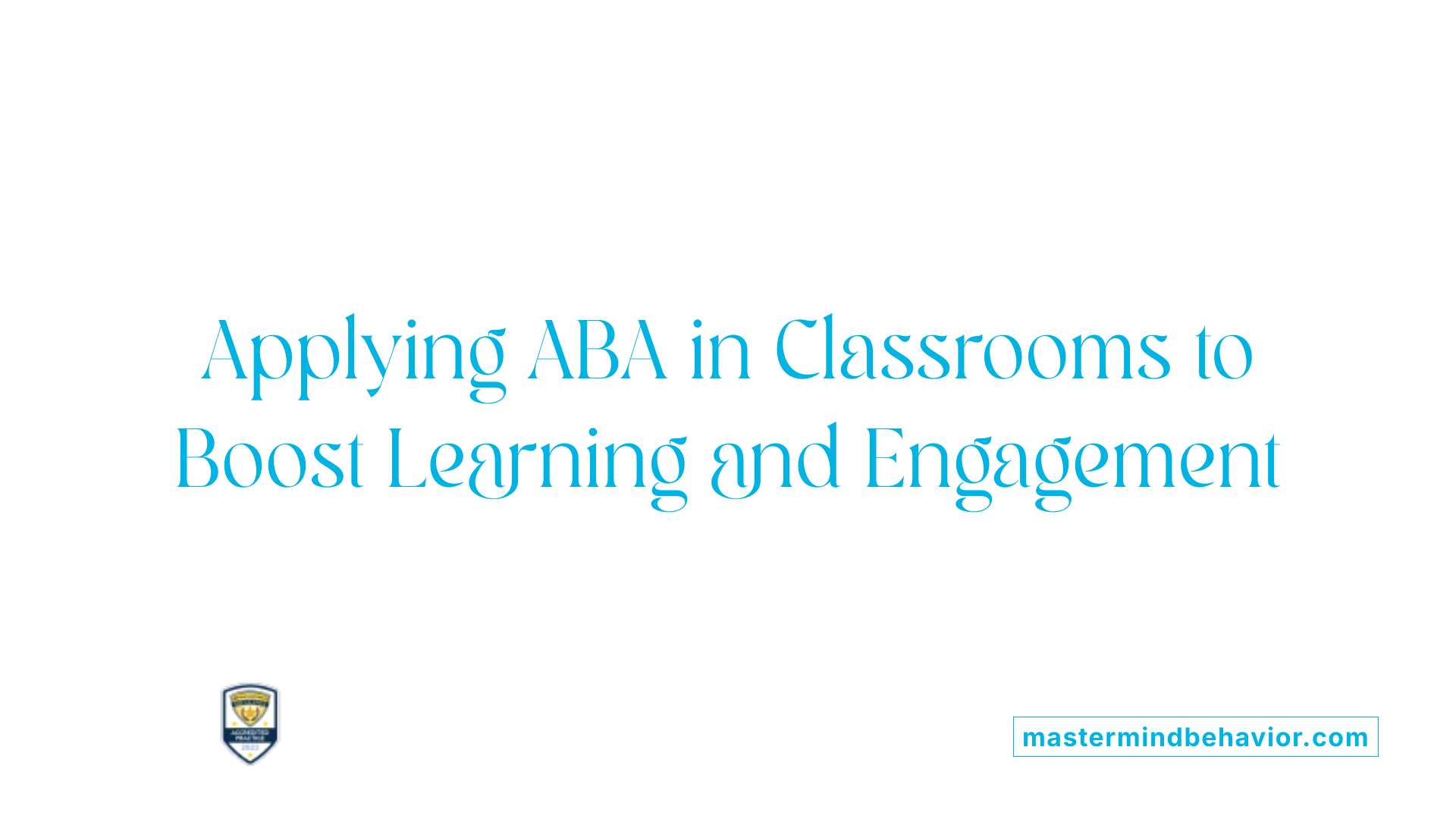
How can ABA methods be applied to enhance student behavior and engagement in classrooms?
Implementing ABA in classrooms involves closely observing student behaviors and analyzing their causes through methods like ABC data collection, which examines antecedents, behaviors, and consequences. By understanding what triggers certain behaviors, teachers can develop personalized strategies to promote positive actions.
Reinforcement plays a vital role. Using positive reinforcement or token economy systems—such as stickers, points, or privileges—encourages students to repeat desired behaviors. Creating structured routines with visual supports, like written words or pictures, helps students anticipate what’s next, reducing anxiety and disruptive behavior.
Teaching strategies like discrete trial training break skills into small steps, making learning manageable and motivating. Naturalistic teaching adapts to students' interests, reinforcing skills in everyday settings. Additionally, pivotal response treatment targets motivation and responsivity, which impact multiple developmental areas.
Consistent data collection and ongoing progress monitoring allow educators to evaluate the effectiveness of interventions. If a strategy isn't working, it can be adjusted to better suit the student's evolving needs. This continuous assessment fosters a positive learning environment, supports behavioral improvements, and encourages student engagement.
By combining these approaches—structured routines, reinforcement, data analysis, and flexible teaching methods—teachers can create a classroom that promotes both better behavior and active participation, ensuring all students have the opportunity to succeed.
Conditions Favorable for ABA Implementation in Classrooms
ABA, or Applied Behavior Analysis, is most suitable in classrooms that aim to support students with developmental or behavioral challenges, such as autism spectrum disorder. It is effective when the environment can support consistent application of evidence-based strategies, including positive reinforcement, visual supports, and tailored teaching methods like Discrete Trial Teaching or Naturalistic Teaching.
Classrooms that are structured with clear routines and data collection practices create an ideal setting for ABA. Regular monitoring of student progress through data helps teachers and therapists refine interventions and ensure meaningful behavior change.
Furthermore, successful ABA application depends heavily on collaboration. Open communication and teamwork among educators, behavioral therapists, and parents are essential for creating consistent strategies across different settings.
Having trained professionals such as Board Certified Behavior Analysts (BCBAs) or Licensed Behavior Analysts (LABAs) guide the process ensures that interventions are personalized and effectively implemented.
Overall, classrooms that emphasize stability, clear objectives, active involvement of all stakeholders, and adaptability to individual needs foster the most positive outcomes when applying ABA principles to support student growth and success.
Goals and Long-term Benefits of ABA in Education
What are the goals of ABA in educational environments?
Applied Behavior Analysis (ABA) is widely used in educational settings to support children with various neurodevelopmental challenges, including autism spectrum disorder, ADHD, and speech impediments. One of its primary aims is to foster the development of skills that are socially important and functional for everyday life. This includes building communication abilities, social engagement, academic skills, and independence in daily routines.
ABA strategies focus heavily on increasing positive behaviors such as language use, attention span, cooperation, and self-help skills. Simultaneously, ABA aims to decrease behaviors that interfere with learning or social integration, such as tantrums, aggression, or wandering.
To achieve these goals, ABA interventions are customized to each student. Professionals conduct thorough assessments and continuously collect data to set clear, measurable objectives that align with the child's individual needs. These goals are directed at enhancing receptive and expressive language, refining social skills, promoting independence, and fostering community involvement.
Overall, ABA strives to support students' holistic development by improving behavioral, cognitive, and social skills. The ultimate aim is to enable students to reach their full potential, thrive academically, and seamlessly integrate into both classroom environments and broader community settings.
Fostering a Positive Classroom Environment with ABA
Incorporating ABA strategies into educational settings offers a powerful means to enhance student behavior, foster engagement, and promote skill development. With its emphasis on positive reinforcement, systematic analysis, and individualized interventions, ABA creates a more supportive, predictable, and inclusive classroom atmosphere. When implemented by trained professionals in collaboration with educators and families, ABA not only mitigates disruptive behaviors but also helps students reach their full potential academically, socially, and behaviorally. As research continues to validate its effectiveness, ABA remains a vital tool for transforming classrooms into environments where all students can thrive.
References
- How to Use ABA in the Classroom
- Applied Behavior Analysis (ABA) | Autism Speaks
- How to Use ABA to Manage Challenging Behaviour in the Classroom
- 9 Proactive ABA Methods to Redirect Student Behavior
- How ABA Therapy Can Help In School
- Using ABA Therapy in School Settings - Sunbelt Staffing
- The effectiveness of applied behavior analysis program training on ...
- Efficacy of Interventions Based on Applied Behavior Analysis for ...
- The effectiveness of applied behavior analytic interventions for ...
Recent articles

How To Integrate ABA Strategies During Mealtime And Snack Time
Practical ABA Techniques to Enhance Mealtime Experiences for Children with Autism
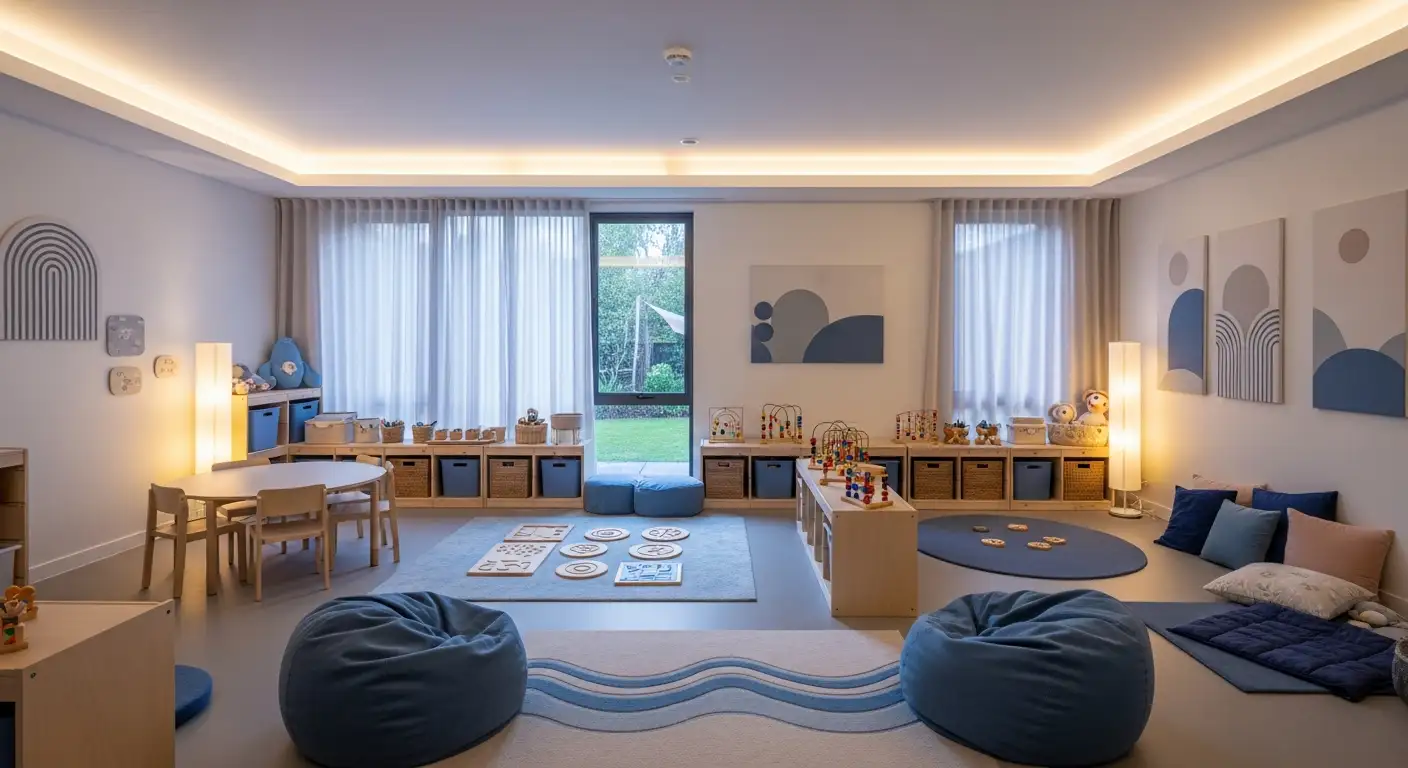
ABA Therapy To Support Emotional Expression In Young Children
Harnessing ABA Therapy to Enhance Emotional Expression in Early Childhood Autism

Understanding Functional Communication Training (FCT) In ABA Therapy
Unlocking Communication: How Functional Communication Training Transforms ABA Therapy
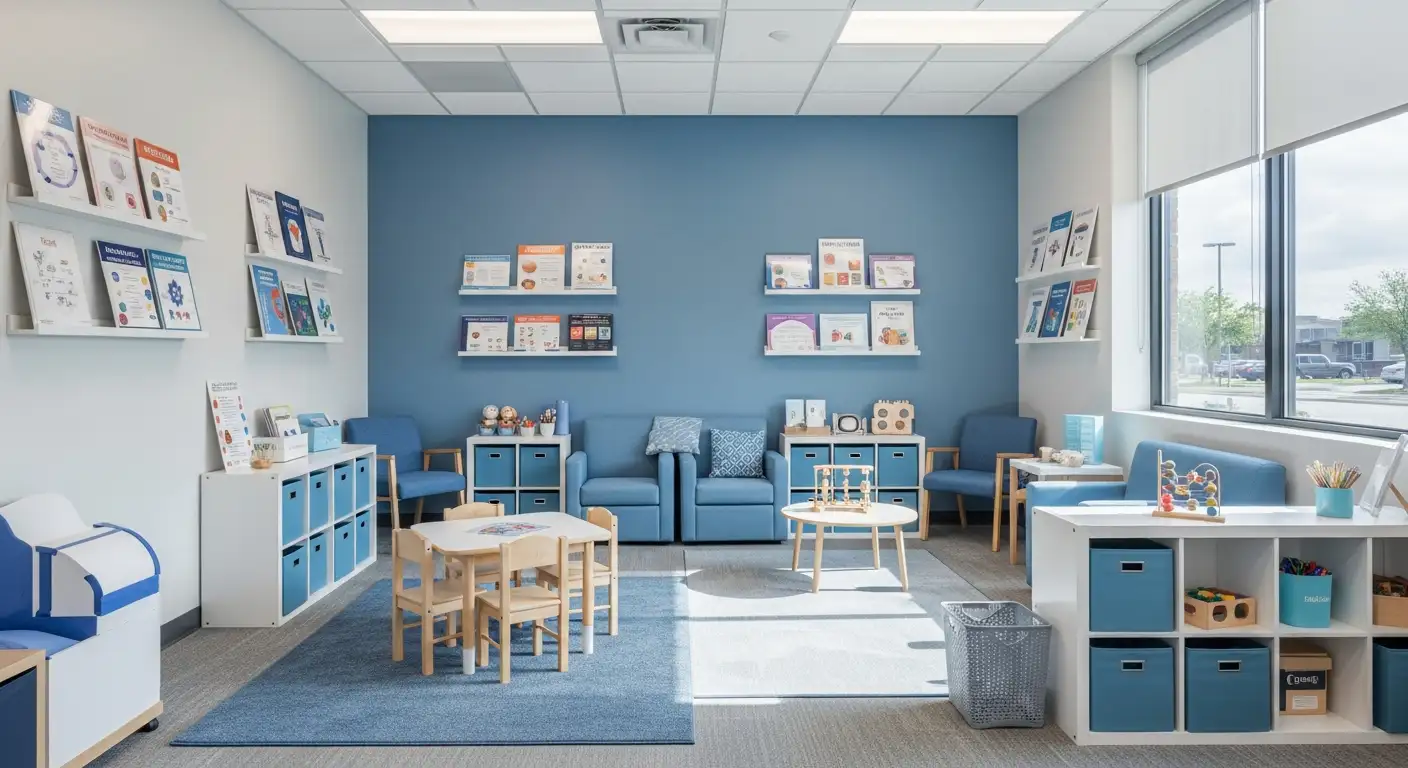
ABA Therapy To Reduce Argumentative Behavior In Children
Transforming Challenging Behaviors: The Role of ABA in Autism Care
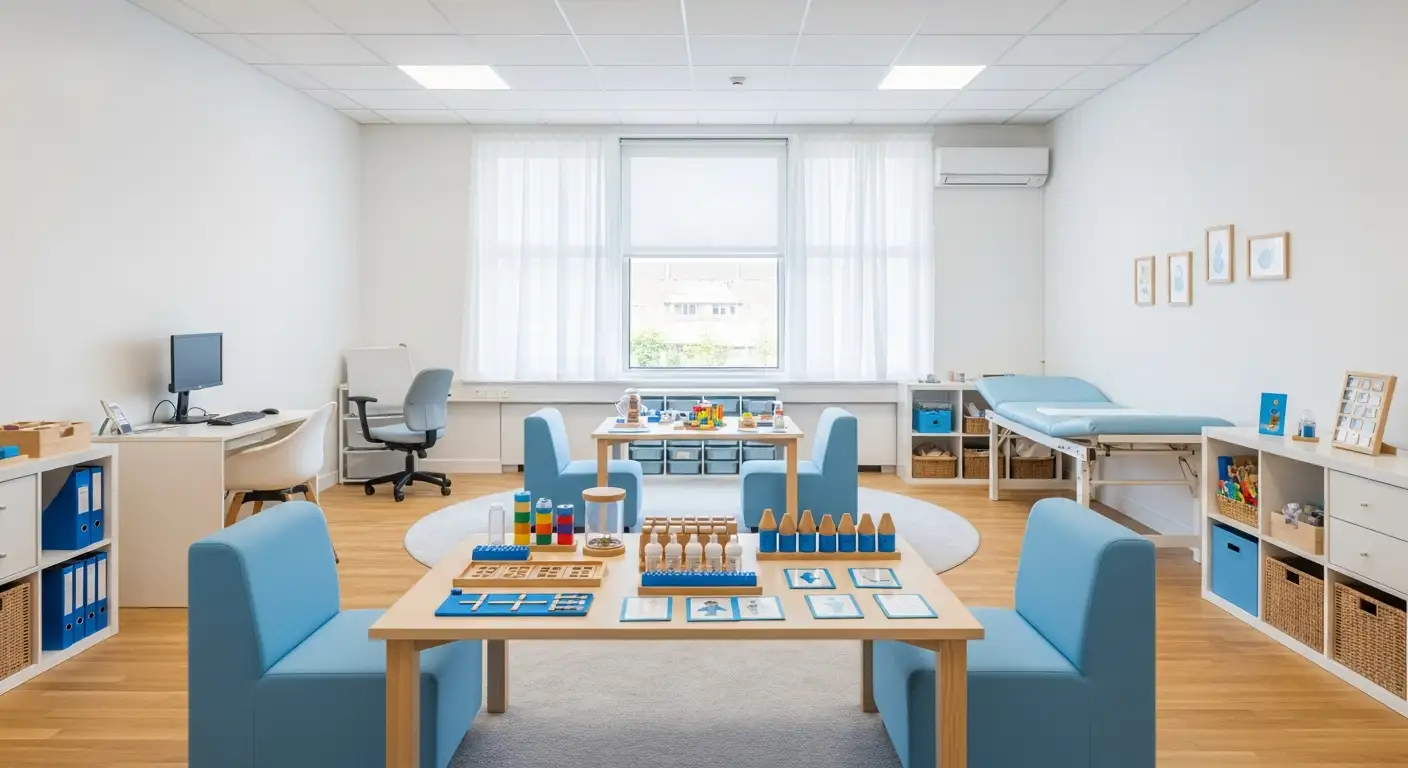
Teaching Independent Decision Making Through ABA
Unlocking Autonomy: The Role of ABA in Fostering Independent Decision Making

The Role Of ABA Therapy In Supporting Children With Social Challenges
Unlocking Social Potential: How ABA Therapy Empowers Children with Autism



